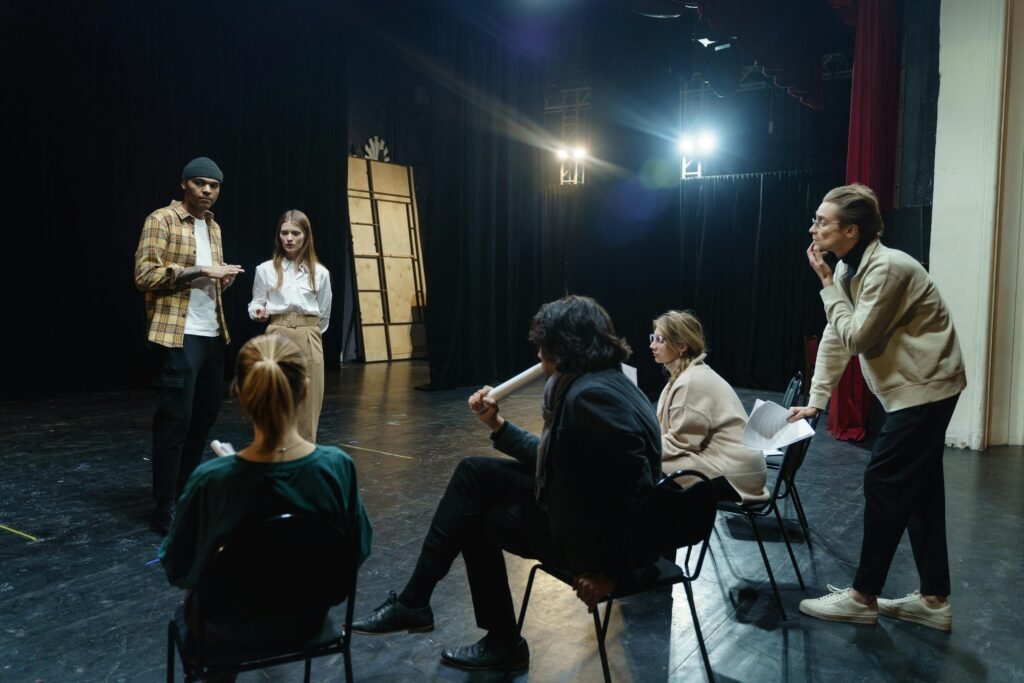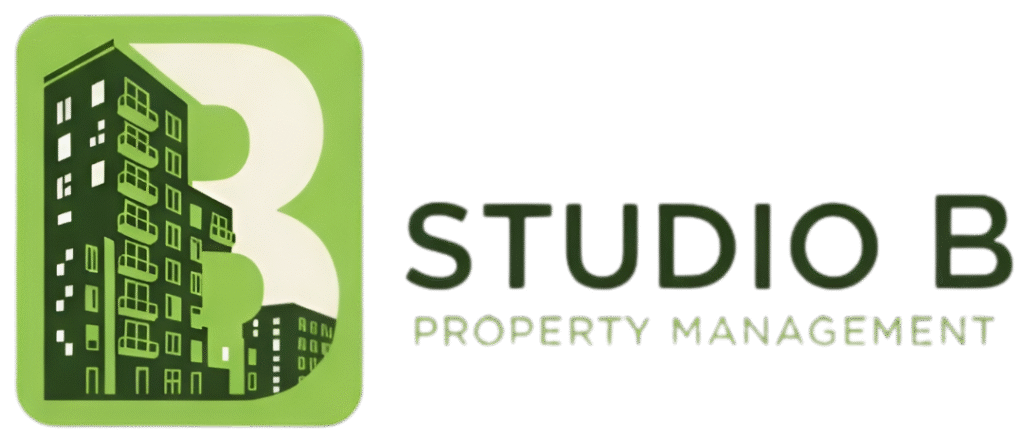Discover Studios, Services & More Across USA | StudioBDTLA
How to Host a Pop-Up Art Show in a LA Studio

A pop-up art show is one of the most dynamic ways to showcase creativity and connect with an audience in real time. Los Angeles, with its vibrant arts scene and diverse creative population, is the perfect city to host a short-term exhibition. Whether you’re an emerging artist, a curator, or a creative collective, a well-executed pop-up show in a studio can help you gain exposure, build relationships, and sell your work.
Table of Contents
Define Your Creative Vision
Before you book a studio or start designing your layout, take the time to establish a clear vision for your show. What is the theme or message behind the exhibition? Are you highlighting a personal narrative, social issue, or visual style? Whether it’s abstract installations, digital art, photography, or sculptures, your concept will guide everything from your choice of venue to your marketing approach.
Having a consistent theme helps you curate the work more effectively and creates a stronger impact on your audience. Consider naming your show to reflect your concept and give visitors something memorable to associate with your event.
Choose the Right LA Studio Space
Los Angeles is full of unique studio spaces that are ideal for pop-up art shows. Look for venues in creative neighborhoods like the Arts District, Silver Lake, Echo Park, or Downtown LA. These areas tend to draw in artsy crowds and offer a variety of studios ranging from minimal white-box spaces to industrial warehouses with high ceilings and exposed brick.
What to Look for in a Studio
- Ample wall space and lighting options
- Easy accessibility and nearby parking
- Restrooms and basic amenities
- Hourly or daily rental rates within your budget
- A space that aligns with your aesthetic
Using platforms like Peerspace, Giggster, and Splacer allows you to browse available studio rentals and filter them based on location, amenities, and square footage. Schedule a site visit before booking to ensure the space works with your installation plan.
Set a Realistic Budget
Budgeting is critical for any pop-up event. Studio rental fees in LA can range from a few hundred to several thousand dollars depending on location, size, and amenities. Beyond the venue, consider costs for printing, art hanging supplies, lighting, promotional materials, signage, refreshments, security, and photography or videography services.
If you’re organizing a group show, divide costs fairly among the participants and outline everyone’s responsibilities ahead of time. Transparency and clear communication will make planning smoother and less stressful.
Promote Your Pop-Up Effectively
Marketing is key to drawing in a crowd. Start promoting your show at least three weeks in advance using a combination of digital and physical strategies. Social media should be your main platform—create teaser posts, behind-the-scenes content, and countdowns on Instagram, TikTok, and Facebook. Build hype with a branded hashtag and invite art blogs, influencers, and local media to cover the show.
Use Eventbrite or Facebook Events to manage RSVPs. Email your mailing list with a personalized invite, and consider collaborating with other artists or creatives to tap into their networks as well. If your show includes multiple artists, each person should promote the event to maximize reach.
Design a Memorable Show Layout
Once you’re in the space, it’s time to transform it into an immersive art experience. Think about the visitor flow—how people will move through the room and how their eyes will be drawn from one piece to the next. Use lighting, spacing, and height strategically to highlight key works and create visual balance.
Label each piece with clear information, including the artist’s name, title, medium, and price if it’s for sale. Include QR codes that link to your portfolio, shop, or social media profiles so visitors can connect with you after the show.
Engage Your Guests and Collect Feedback
During the show, be present and engage with your guests. Talk about your work, answer questions, and make your passion for the art clear. Encourage attendees to take photos and share on social media using your event hashtag. If you’re selling artwork, have a simple payment system ready like Venmo, PayPal, or a mobile card reader.
It’s also helpful to place a guestbook or digital sign-up sheet at the entrance to collect emails. This allows you to stay in touch with attendees for future exhibitions or announcements.
Capture and Share the Experience
Hiring a professional photographer or videographer to document the event can be a worthwhile investment. High-quality images of the show—especially with guests interacting with the work—are great for your portfolio, press coverage, and future marketing.
After the event, post a gallery or recap video on your website and social media to extend the show’s reach. Tag attendees and thank your collaborators, sponsors, and venue partners to keep relationships strong.
Final Thoughts
Hosting a pop-up art show in an LA studio is a powerful way to share your creativity with the world, network with other artists, and gain valuable exposure. With clear planning, thoughtful design, and strong promotion, your show can leave a lasting impression on both attendees and your career. Whether it’s a one-night event or a weekend-long experience, your pop-up could be the start of something big in the LA art scene.
